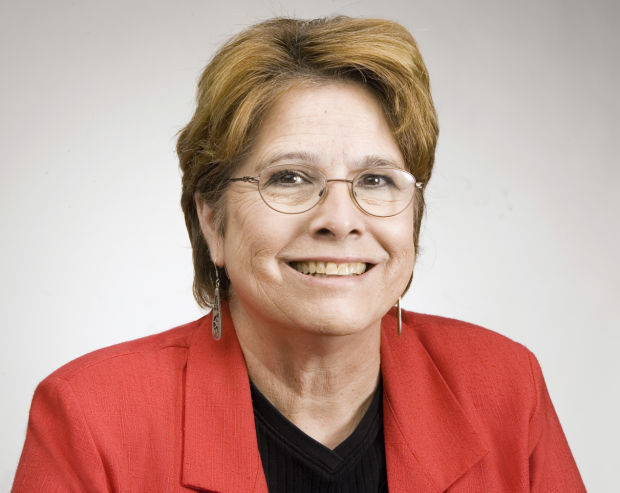A few years ago, McMansions were all the rage — imposing domiciles decked out with wine cellars and media rooms.
Then came The Crash. And lessons learned. Today, one of the hottest buzzwords in real estate isn’t gourmet kitchens or spa-like bathrooms — lusted after though they still may be.
Nope. It’s the opposite of the McMansion: the “tiny house.” As seen on numerous TV home shows and splayed across magazine and newspaper layouts, the tiny house appears to be the answer to folks who would rather spend their money on experiences rather than square footage.
Or as local carpenter and builder Shay Salomon told me in a 2006 interview, “You’re trading space in your home for space in your life.”
Back then, Salomon had recently published “Little House on a Small Planet,” which explored and extolled the benefits of living in little houses, such as the 130-square-foot cottage lived in by Jay Shafer in Iowa.
Ten years ago, the phrase “tiny houses” had yet to burrow into our collective consciousness. If it had, I’m sure Salomon would have used it in her book title.
However, there was a term around back then that pretty much sums up the kind of tiny house I once inhabited, off and on, for more than a decade. It’s called an RV.
Eight feet wide, 23 feet long, it boasted a whopping 184-square-foot interior — a behemoth compared to that tiny house in Iowa. Actually, tiny house square-footage stats are all over the map, ranging from 300 square feet down to 64 square feet. Good grief, how could you even turn around in that little space?
Many come on wheels — cute little wooden structures often boasting tiny porches. Almost all have lofts.
Hey, so did our “tiny house.” Perched above the steering wheel and dashboard, it featured a queen-size bed. There was no ladder the way you see in today’s tiny-house layouts. Instead, you entered and exited by placing a foot on top of the driver’s seat— always a daring move in the middle of the night.
Six could sleep semi-comfortably in our tiny house, including two atop the fold-down dinette, two in twin-bunk beds in back. Also in back was a sink and next to it, inside, was the toilet and a shower that encompassed the entire bathroom. We never took showers there, instead relying on showers at the various campsites we visited.
Other amenities included a small propane refrigerator, cooktop and oven, and a sink big enough for maybe two plates. When the generator was on, we could also run the microwave. A small swamp cooler powered by batteries kept us cool on hot summer evenings at the lake.
Because our kids usually invited friends, we mostly ate outside, with the kids lined up outside while the cook shoveled the food onto their waiting plates.
Many of today’s tiny houses seem destined for singletons or couples. Not us. One time we had seven inside during a terrific nighttime thunderstorm. As I recall, our son slept in the aisle between the “kitchen” and dinette-turned-bed.
Somehow we managed. More challenging than the number of bodies was the number of days we spent in such tight quarters. Our longest trip took 14 days through Arizona, Colorado, and New Mexico. For a week after we got home, I kept trying to “climb down” from my bed in the middle of the night.
Today, my tiny house experience is but a distant memory — one of those “been there, done that” things. Who knows if the same fate awaits today’s true tiny-house inhabitants, the ones who build their homes out of wood and dreams.
But know this: These days, the internet is awash with used tiny houses for sale. My favorite: a wood-sided home built over and behind a diesel truck. Save for the back porch, it pretty much resembles an RV.





